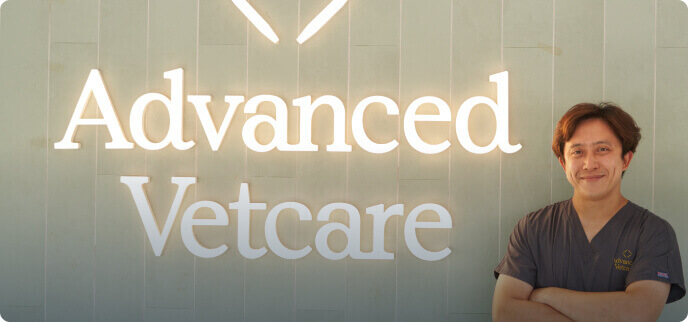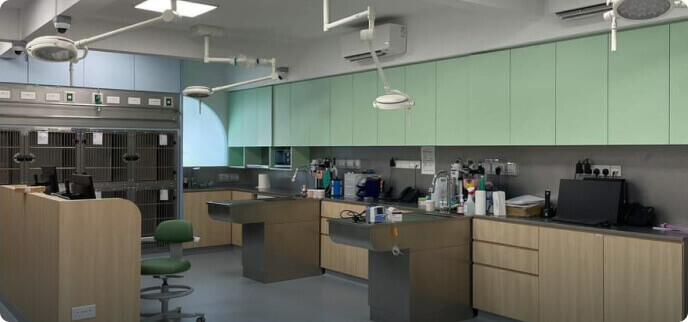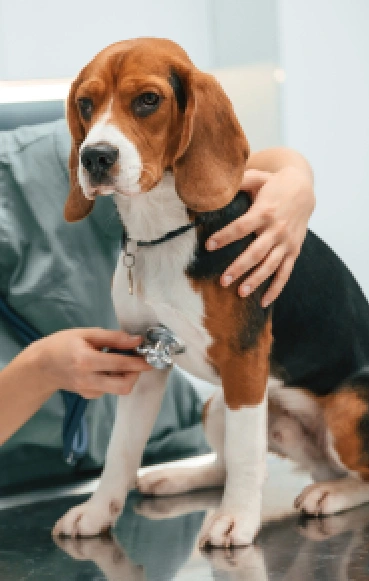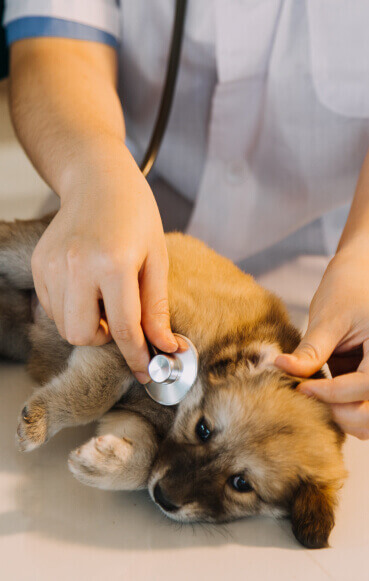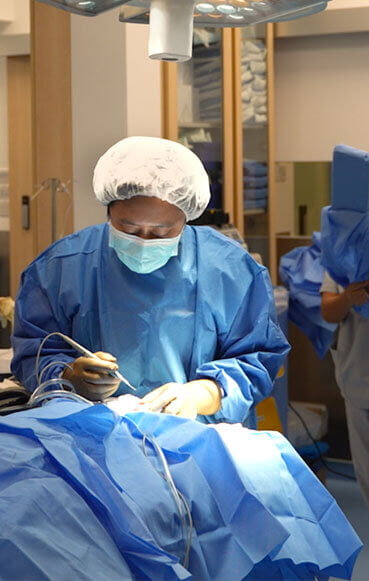Bringing your beloved pet home after orthopaedic surgery can feel overwhelming. Whether your dog or cat has undergone a procedure to repair a cruciate ligament, fix a fracture or correct hip dysplasia, the recovery phase is critical to their healing. With the right post-surgery care, you can support a smoother recovery and help your pet return to normal activity safely.
Common Types of Orthopaedic Surgeries in Pets
Orthopaedic surgeries are designed to repair bones, joints or ligaments. Some of the most common procedures include:
- Fracture Repair : This surgery stabilises and aligns broken bones, often using plates, screws or pins, to ensure proper healing.
- Cruciate Ligament Repair : When the cruciate ligament in the knee tears, surgery restores stability and prevents further joint damage.
- Tibial Plateau Levelling Osteotomy (TPLO) : This procedure changes the angle of the knee joint to stabilise it, commonly used for dogs with cruciate ligament tears.
- Luxating Patella Surgery : This surgery corrects a dislocated kneecap, realigning it to improve mobility, especially in small-breed dogs.
- Femoral Head Ostectomy (FHO) : This procedure removes the femoral head to relieve severe hip pain and improve mobility in pets with advanced joint disease.
Each surgery has a unique pet surgery recovery timeline, but all require diligent orthopaedic surgery post-care to ensure success.
What to Expect Immediately After Your Pet’s Orthopaedic Procedure
The first 24 to 48 hours after your pet's orthopaedic surgery are crucial for a smooth recovery. Here is a clear overview of what you should expect and how to manage your pet’s care during this initial period.
Hospital Discharge Instructions
Upon discharge, your veterinarian will provide detailed instructions that typically include:
- Surgical Site Care
- Check the incision at least twice daily for signs of infection or complications.
- Keep the surgical area clean and dry. Do not bathe your pet until approved by your vet.
- Use an Elizabethan collar (cone) or recommended protective gear to prevent licking or biting at the incision.
- Medication Schedule
- Pain relief medication (NSAIDs or similar) will usually be prescribed to manage discomfort. Give these medications with food.
- Antibiotics might be prescribed to reduce infection risk. Administer these exactly as directed.
- Additional medications such as anti-anxiety or sedative drugs may be prescribed to help keep your pet calm and comfortable.
- Recognising Normal vs. Concerning Behaviours
- Normal post-operative behaviours include mild lethargy, reduced appetite, and some minor discomfort or swelling.
- Concerning signs that require immediate veterinary attention include severe swelling, discharge, significant changes in behaviour, loss of appetite lasting more than 24 hours or refusal to use the operated limb.
Transporting Your Pet Home
Transporting your pet home after surgery requires gentle handling and the right equipment to keep them safe, comfortable and free from unnecessary strain.
- Safe Handling and Movement
- Move your pet carefully, using a towel, blanket or sling to support their body. Avoid pressure on the surgical area.
- Always approach your pet calmly, supporting their head, abdomen and hindquarters to minimise stress or discomfort.
- Appropriate Carriers or Harnesses
- Use a crate or carrier that is appropriately sized, well-ventilated and comfortably lined to prevent slipping or unnecessary movement.
- For larger pets, a safety harness secured with a seatbelt in the back seat can help prevent injury during transport.
How to Care for Your Pet at Home After Orthopaedic Surgery
After your pet’s surgical procedure, the work continues at home. This stage sets the tone for a full recovery—and you are absolutely essential to their healing.
Creating a Safe Recovery Space
Your pet may feel disoriented and in pain after returning from the hospital. It is important to create a safe, comfortable space for them to recover in.
- In most cases, your vet will provide you with specific instructions for post-surgery care, including any necessary medications or wound care.
- Keep your pet’s recovery space quiet, calm and free from hazards that could cause injury.
- Provide soft bedding that is easy for your pet to get on and off without strain.
- Consider using a playpen or baby gate to confine your pet to a designated area where they cannot jump or climb.
- Monitor your pet’s incision site for any redness, swelling, discharge or excessive licking.
- Remove hazards like accessible wires, chewable items or toys that encourage active play.
Activity Restrictions for Faster Recovery
Rest is the best medicine during healing. Most pets need restricted activity for 2 to 6 weeks, depending on the surgery and what your veterinarian advises.
“Restricted activity” typically means:
- Short leash-only walks for toileting—never off-leash or free roaming.
- No running, rough play or jumping onto furniture or stairs. Avoid collars that might let them jerk unexpectedly.
- Keeping them confined when unsupervised—even inside, use a crate or small pen.
This limited movement helps the surgical site heal and reduces the risk of re-injury or delayed recovery.
Physiotherapy for Your Pet's Recovery
Physiotherapy can play a crucial role in your pet's recovery after surgery. Your veterinarian may recommend specific exercises or stretches that can help improve mobility and strength in the affected area.
Some common physiotherapy techniques for pets include:
- Passive Range of Motion Exercises: These involve gently moving your pet's joints through their full range of motion, which helps prevent stiffness and maintain flexibility.
- Massage: Massaging the muscles around the surgical site can help reduce tension and promote relaxation.
- Hydrotherapy: Swimming or walking on an underwater treadmill can be highly beneficial for pets recovering from orthopaedic surgeries. It reduces weight-bearing stress on their joints while still providing resistance for muscle strengthening.
- Laser Therapy: This uses low-level laser light to stimulate tissue repair and reduce pain and inflammation. It can be effective in reducing post-surgical swelling and promoting healing.
Adjust Your Pet’s Diet
Since activity levels will decrease during recovery, it is advisable to reduce your pet’s daily food intake by about 10–15% while still prioritising high-quality protein to support tissue repair. This adjustment is usually made within the first week or two, based on your veterinarian’s guidance.
If your pet has a reduced appetite, offer bland, easily digestible and nutrient-dense foods such as boiled chicken with rice, soft canned food or prescription recovery diets. Some prescription recovery diets also contain beneficial ingredients such as glucosamine, chondroitin, and omega-3 fatty acids, which may support joint health and reduce inflammation.
Always provide clean, fresh water and monitor both urine and stool output. Prolonged constipation or dehydration (no water intake or no stool for 48–72 hours) should be reported to your vet.
Monitoring Your Pet’s Wound
Check the incision twice daily, ideally before and after pain meds kick in, so you can see their natural movement. Look for:
- Substantial redness or widening, increasing swelling, foul-smelling or coloured discharge, or warmth at the site.
- New drainage or a wound that begins to reopen or separate.
If everything looks tidy, dry and intact, avoid disturbing it unnecessarily. Only cleanse the site if instructed by your vet, and never use water, hydrogen peroxide or ointments unless specifically approved.
Use protective gear like an Elizabethan collar (cone) or compression wrap until advised otherwise—pets often lick or bite at fresh incisions, risking contamination or damage.
Follow‑Up Care with Your Trusted Vet
Your veterinarian will schedule follow-up visits to monitor healing—typically around 6–8 weeks after surgery. During this appointment, X-rays or physical exams help verify that bone or soft tissue is mending properly.
Complete healed movement and walking can take 4–12 weeks, depending on your pet’s age, health and procedure type. Some surgeries (like TPLO) may require a longer recovery, up to 3 months.
A Trusted Partner in Your Pet’s Health
We understand that the recovery phase is a critical and often challenging time for both pets and their owners. Proper care, attention and reassurance during this period can make all the difference in your pet’s healing process.
At Advanced Vetcare, we believe that successful recovery is a team effort. Our dedicated
vet surgeon
works closely with you to provide the best post-treatment care and guidance, ensuring your pet gets the support they need every step of the way. For enquiries, please do not hesitate to
contact us
.

Bedok (24 Hrs Vet Clinic)
26 Jln Pari Burong, Picardy Gardens, Singapore 488692 (Shophouse along Upper Changi Road)
Operating Hours: 24 Hours Daily
Balestier (Vet Clinic)
564A Balestier Road, Singapore 329880
Opening Hours: 9am - 9pm Daily Closed on Tuesday & Public Holidays


